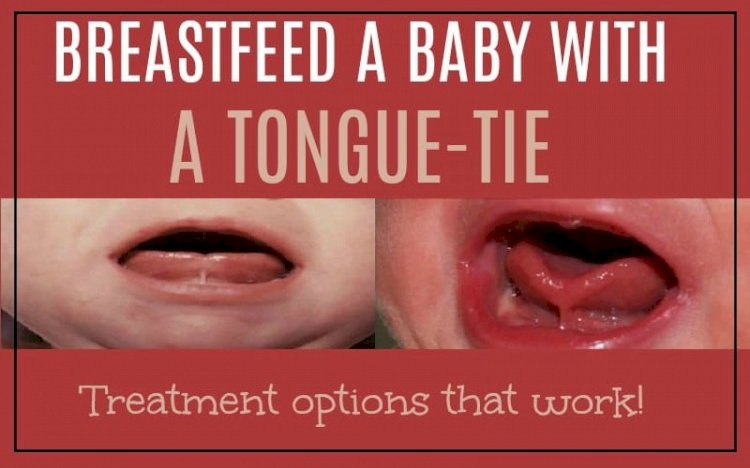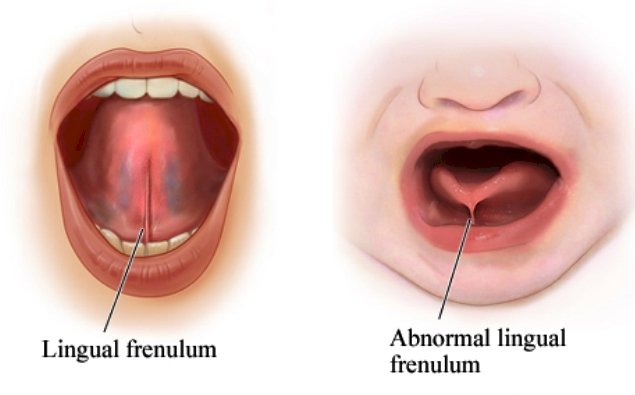Tongue-tie in Kids: Is Treatment Necessary?
If you are child is having a Tongue-Tie (Ankyloglossia) problem then here are the Symptoms, Causes & Treatment you should know to help your child to get free from this oral problem.

Is your baby is facing any difficulty while breastfeeding? It might be because of the tongue-tie condition. It’s an actual oral condition that can impact many things from breastfeeding to your breathing, from speech to dental health.
What is tongue-tie?
Basically, tongue-tie which is also known as ankyloglossia is a congenital condition in which a child’s tongue remains attached to the bottom of his mouth. Generally, it limits the tongue movements as our tongue needs to be able to reach almost every part of our mouth.

What causes tongue-tie in a child?
This condition happens in children when the tongue and frenulum don’t form quite normally. Sometimes it is hereditary, as tongue-tie runs in some families, so your family health history may play a role.
Tongue-tie symptoms
Symptoms can vary based on your child’s stage of life. Symptoms for a tongue-tied baby or child may include:
Infants
- Trouble breastfeeding
- Heart-shaped or notched appearance of your child’s tongue
- An audible “click” during nursing
- Difficulty putting on weight
- Abnormally high hunger level
Young Children
- Speech impairments
- Swallowing difficulties
- Difficulty moving the tongue toward the roof of the mouth or from side to side
- Difficulty licking ice cream
- Difficulty playing a wind instrument
- Problems sticking the tongue out
- Difficulty kissing
Mothers
- Uncomfortable breastfeeding
- Low supply of milk
- Tender nipples

How is tongue-tie diagnosed?
A physical exam is all it takes to see what’s going on. The doctor will:
- Ask how feeding is going
- Check your child’s tongue, mouth, and teeth
- Use a wooden stick called a tongue depressor to look under your child’s tongue and check the range of motion
The doctor may ask older kids to move their tongue around and make certain sounds, like an r or l.
Tongue-tie Treatment
Basically, there are two ways to take care of tongue-tie:
- Frenotomy:
This kind of treatment is very simple as sometimes you don’t even need anesthetizing drugs.
The doctor takes a pair of specially cleaned scissors and clips the frenulum, which generally doesn’t have many nerves and blood vessels. That means there is not much pain. And if there is any blood, it is a drop or two at most.

- Frenuloplasty:
When the frenulum is too thick for a quick snip, your pediatrician will choose this option.
The doctor will:
- Give your child drugs so they sleep through the whole thing
- Use special tools to cut the frenulum
- Put in a few stitches that dissolve on their own as the wound heals
Some hospitals may use a laser instead. In that case, your child won’t need stitches.
Tongue-Tie Treatment Risks
Both treatments are usually very successful and prevent any speech, dental, or eating problems. It’s rare for either one to cause issues.
As with any medical procedure, though, there are risks, such as:
- Bleeding
- Damage to the tongue or the glands that make saliva
- Infection
A frenuloplasty can also lead to scarring. And your child could react to the drugs used to help them sleep.

 Admin
Admin 



































Comments (0)